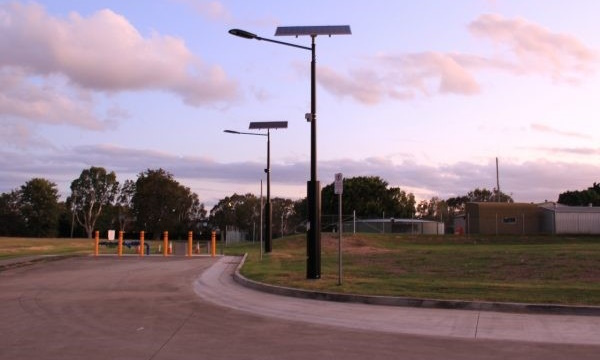The Evolution of Solar Panel Usage in Australia: Empowering Homes and Businesses

Over the past few decades, Australia has witnessed a remarkable shift towards sustainable energy solutions, with solar panels emerging as a prominent player in the nation's renewable energy landscape. The increasing adoption of solar panels, both in residential and commercial settings, has not only reduced carbon emissions but also allowed households and businesses to take control of their energy consumption. This article explores the history of solar panel usage in Australia, highlighting its impact, benefits, and future potential.
I. How did solar panel usage begin in Australia?
The journey of solar panel usage in Australia can be traced back to the late 1970s, when the country's first solar demonstration project was initiated. The project aimed to evaluate the feasibility of harnessing solar energy as a viable alternative to traditional energy sources. Though the technology was still in its infancy, this initial step laid the foundation for future solar initiatives.
II. Residential Solar Panels: Powering Australian Homes
a. Early Adoption: In the early years, residential solar panels were considered a niche technology due to their high cost and limited efficiency. However, advancements in manufacturing processes and declining costs gradually made solar panels more accessible to homeowners. Government incentives and rebates further encouraged the installation of solar panels, and by the early 2000s, solar power started gaining popularity in Australian households.
b. The Solar Boom: The past decade witnessed a solar revolution in Australia, driven by falling solar panel prices, improved technology, and favorable government policies. According to the Clean Energy Regulator, as of 2021, over 2.8 million Australian homes had installed solar panels, representing approximately 21% of all households. This remarkable growth can be attributed to the increasing awareness of environmental issues, rising electricity prices, and the desire for energy independence.
c. Environmental and Economic Benefits: The widespread adoption of residential solar panels has contributed significantly to Australia's renewable energy capacity and greenhouse gas reduction targets. Solar power reduces carbon emissions, improves air quality, and minimizes reliance on fossil fuels. Additionally, households with solar panels enjoy reduced electricity bills, allowing for long-term savings and increased financial stability.
III. Commercial Solar Panels: Energizing Australian Businesses
a. Commercial Adoption: While residential solar panels gained popularity, commercial enterprises also recognized the benefits of harnessing solar energy. Businesses, ranging from small enterprises to large corporations, began embracing solar panels as a means to reduce operational costs, improve sustainability credentials, and demonstrate corporate social responsibility. Industries such as manufacturing, agriculture, and retail have witnessed significant commercial solar panel installations.
b. Economic Advantages: The integration of solar panels in commercial settings offers various economic advantages. By generating clean electricity on-site, businesses can reduce their reliance on the grid, thereby mitigating the impact of rising energy prices. Moreover, excess energy generated by commercial solar systems can be fed back into the grid, leading to additional revenue streams through feed-in tariffs.
IV. Future Outlook and Challenges:
a. Technological Advancements: Solar panel technology continues to evolve rapidly, with ongoing research focused on improving efficiency and durability. Innovations such as perovskite solar cells and bifacial panels hold promise for increased energy generation and cost-effectiveness. These advancements will further boost the adoption of solar panels across Australia.
b. Grid Integration and Storage: The growing penetration of solar power raises challenges related to grid stability and storage. As more households and businesses generate their electricity, effective grid integration becomes crucial. Additionally, advancements in energy storage systems, such as batteries, will play a vital role in ensuring a reliable supply of solar energy during periods of low or no sunlight.
The history of solar panel usage in Australia reflects a remarkable transformation in the nation's energy landscape. From its humble beginnings to widespread adoption, solar panels have emerged as a key player in Australia's transition towards a sustainable future. Both residential and commercial solar installations have empowered individuals and businesses to take control of their energy consumption, reduce costs, and contribute to a cleaner environment. As technology advances and challenges are addressed, the future of solar panel usage in Australia appears brighter than ever.
Sources:

